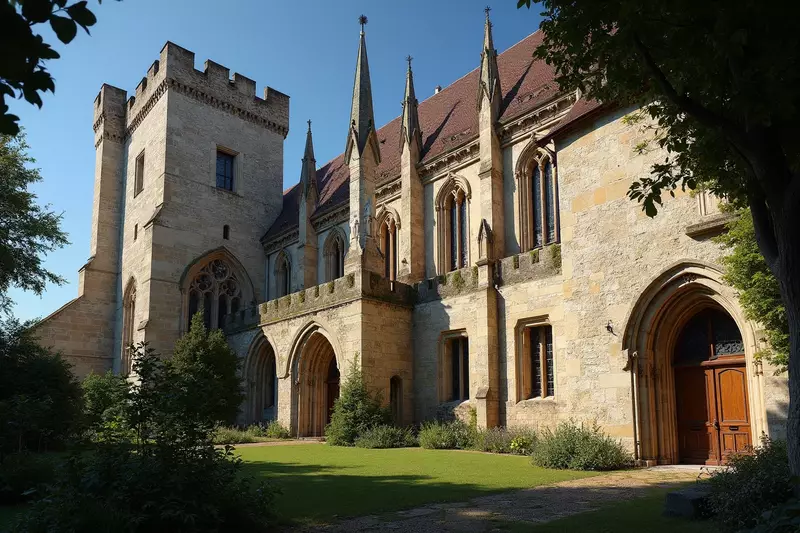


Nestled in a valley along the Aulne river, the Landévennec monastery would have been initiated by Saint Guénolé and eleven of his disciples at the end of the 5th century according to traditional accounts. Archaeological excavations have revealed the remains of an early oratory accompanied by a cemetery.
Over the following centuries, the monastery expanded, becoming in the 9th century a vital center for Breton culture. The monks then adopted Saint Benedict's rule, copied numerous manuscripts, and managed a vast estate. However, fortifications could not prevent its destruction during a Viking raid in 913, marking the end of this prosperous period.
After decades of exile, the monks returned and rebuilt the site. Successive reconstructions over the centuries left traces uncovered by archaeologists.
Scattered during the French Revolution, the community saw the abbey sold as national property and transformed into a stone quarry at the beginning of the 19th century. In the 1950s, the monks from Kerbénéat settled near the historical site.
Archaeological excavations, initiated in 1978 and concluded in 2002, represent an exceptional duration for a medieval excavation in France. The archaeological site, now open to the public, reveals the reasons for scientific interest in this place.
The foundations of the 9th-century monastery are still visible, with the bases of the church, Saint Guénolé's tomb, monastic dwellings, and pillars of the covered gallery surrounding the courtyard. These remains are unique in Europe for a monastery of that era.
The superposition of foundations from various periods reveals the evolution of monastic lifestyle over the centuries.
Have you visited this activity? Share your experience!
edit Be the first to leave a review